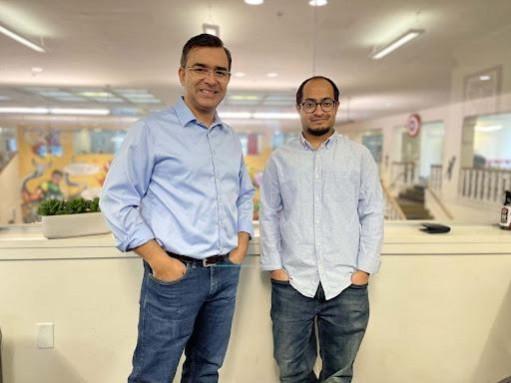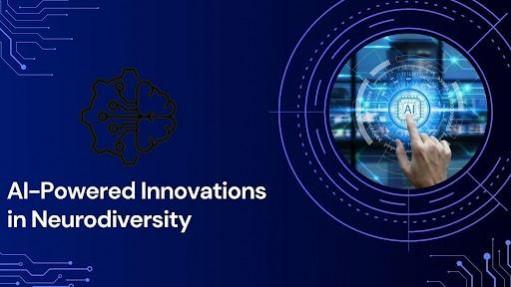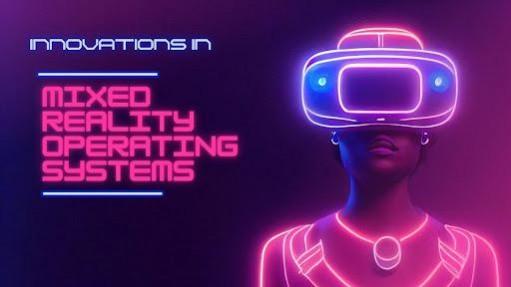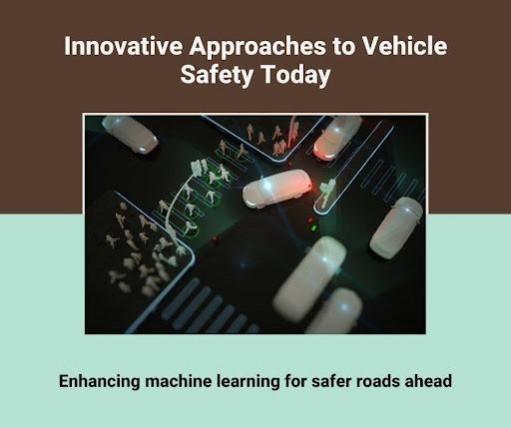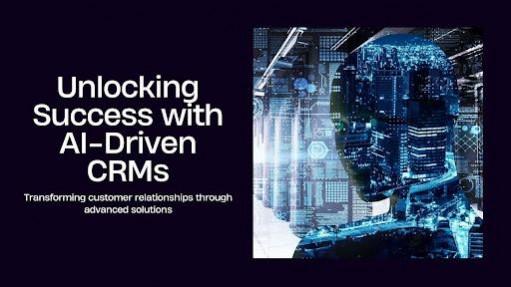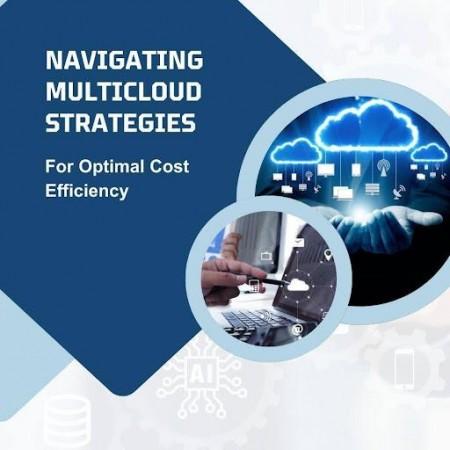
In the evolving realm of cloud computing, organizations are increasingly adopting multicloud strategies to enhance cost efficiency and operational performance. Raghavendra Sreenivas Murthy provides a comprehensive technical exploration of these strategies, detailing how leveraging the diversity of cloud services can lead to significant cost savings. This article delves into the critical aspects of implementing a multicloud strategy, highlighting innovations that drive optimization in cloud environments.
Leveraging Service Diversity
One of the key benefits of a multicloud approach is the ability to leverage service diversity across different cloud providers. By carefully selecting services tailored to specific operational needs, businesses can avoid overspending on bundled offerings. For instance, organizations can utilize one provider’s cost-effective storage solutions while tapping into another’s advanced computational capabilities. This bespoke approach enables companies to optimize cloud expenditures while maintaining high functionality and performance.
Optimizing Workload Distribution
A central aspect of multicloud strategies is the optimization of workload distribution. Businesses can allocate workloads to the most suitable and cost-efficient platforms based on performance and cost metrics. By doing so, they can significantly reduce cloud expenses. For example, data analytics workloads can be assigned to platforms that offer specialized, cost-effective services, while enterprise applications may benefit from seamless integration with hybrid cloud capabilities. Such tailored workload distribution not only enhances performance but also prevents over-provisioning, a common issue in single-cloud environments.
Strategic Use of Instance Types
Multicloud strategies also open up opportunities for strategic resource allocation by leveraging different instance types across cloud providers. Businesses can utilize spot instances for non-critical, interruptible tasks at a reduced cost or reserved instances for predictable workloads requiring steady, long-term availability. By diversifying their use of instance types, organizations can create a highly optimized cost structure, ensuring they only pay for the resources they need. This nuanced approach to resource management results in more flexible and cost-effective cloud usage.
Enhanced Negotiation Power and Continuous Benchmarking
Implementing a multicloud strategy provides organizations with enhanced negotiation power with cloud providers. By comparing performance and costs across platforms in real time, businesses can negotiate for better rates and customized service agreements. Continuous benchmarking allows companies to monitor metrics such as compute power, storage I/O, and network latency, ensuring they always have access to the most cost-effective solutions. This data-driven approach facilitates optimal workload placement and drives cost-performance optimization.
Resilience and Availability
Multicloud architectures enhance organizational resilience and service availability by distributing critical workloads across multiple providers. This distribution mitigates the risk of a single point of failure and enables geographic diversity, reducing vulnerability to localized disruptions. Redundancy, load balancing, and automated failover further minimize downtime, indirectly contributing to cost optimization. By enhancing resilience, multicloud strategies help avoid the financial losses associated with service interruptions and improve customer trust.
Technical Considerations for Implementation
Organizations must focus on key technical aspects to maximize the benefits of multi-cloud strategies, including robust cloud management tools, standardized workload assessment processes, and staff training. Clear governance policies are vital for control and cost optimization. Regular reviews and adjustments of resource allocation help sustain cost efficiency. While managing multiple clouds adds complexity, the potential for significant cost savings and enhanced operations makes multi-cloud strategies a worthwhile investment for businesses seeking long-term efficiency.
In conclusion, Raghavendra Sreenivas Murthy highlights that multicloud strategies pave the way for cost optimization and operational flexibility. By leveraging service diversity, optimizing workload distribution, and strategically using instance types, organizations can reduce costs and enhance performance. The approach also strengthens negotiation power and enables continuous benchmarking for efficiency. Despite the complexities of implementation, the resulting cost savings, improved resource allocation, and operational robustness make multicloud strategies essential for organizations in today’s digital landscape.


